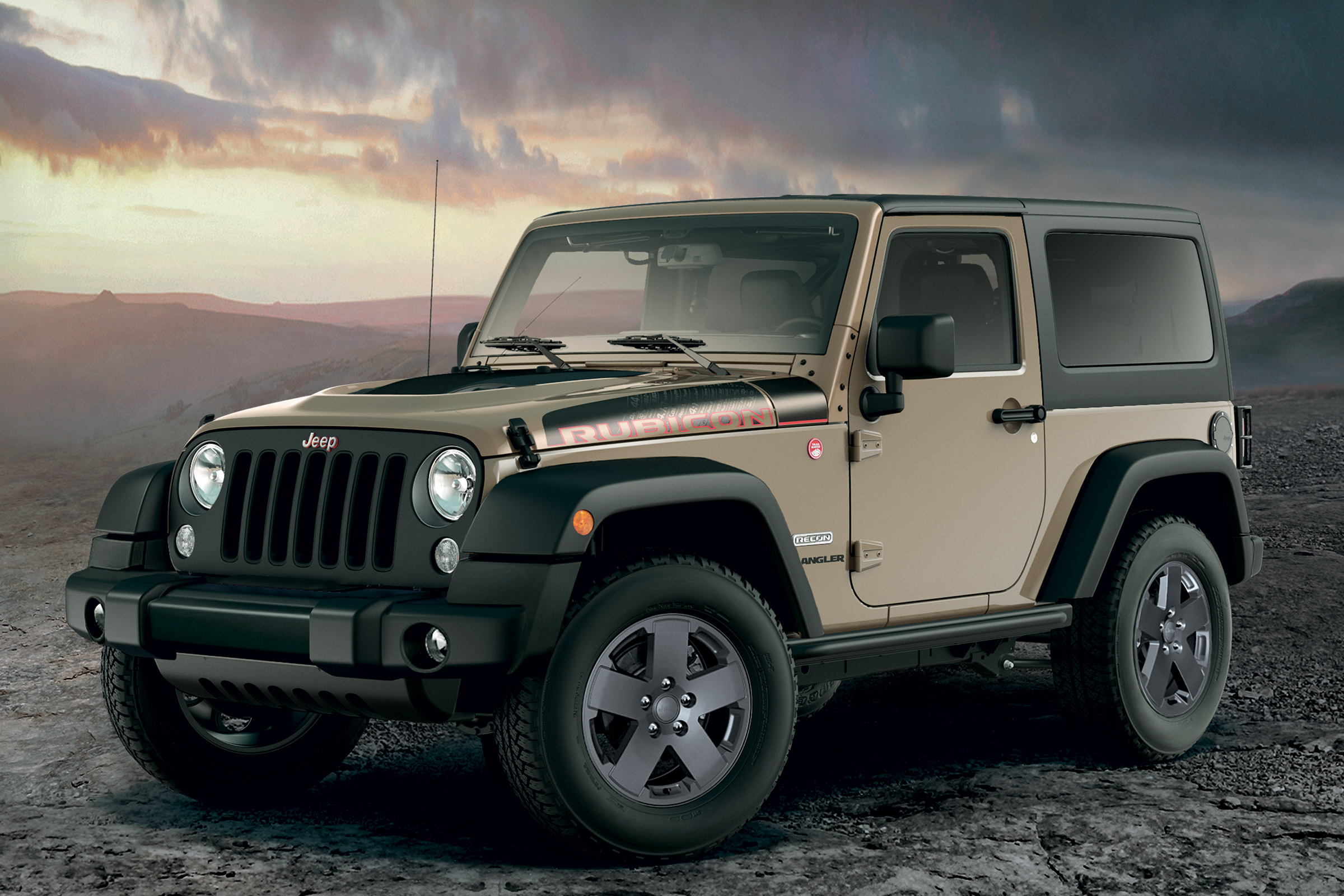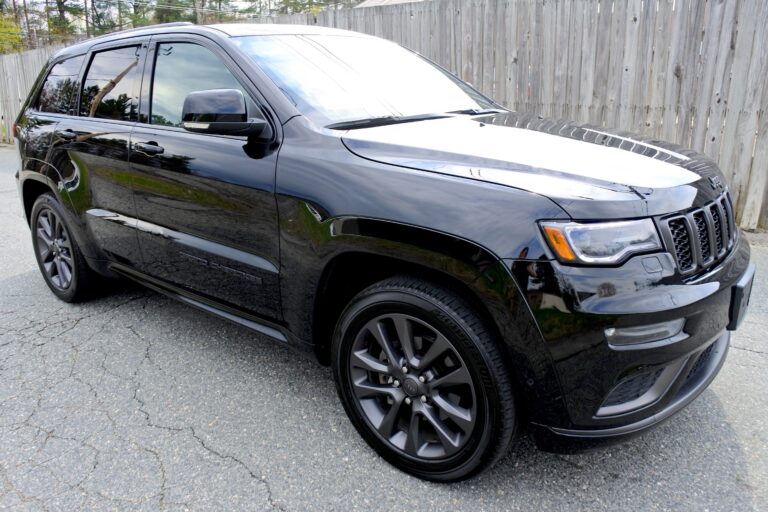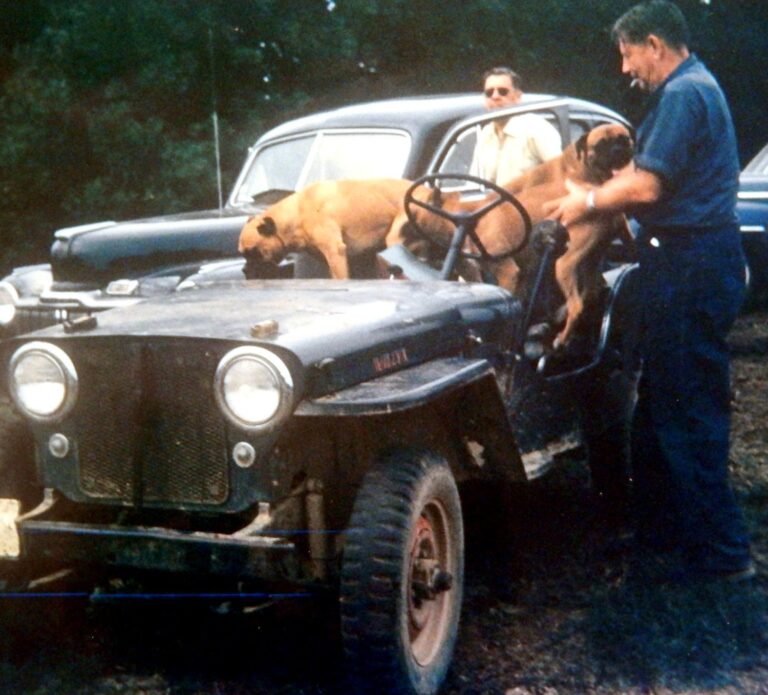Jeep 3.8 Engine For Sale: Your Comprehensive Guide to Revitalizing Your Wrangler
Jeep 3.8 Engine For Sale: Your Comprehensive Guide to Revitalizing Your Wrangler /jeeps.truckstrend.com
For many Jeep Wrangler JK owners (2007-2011 models), the 3.8L V6 engine is the heart of their adventure machine. While a generally reliable workhorse, like any internal combustion engine, it eventually reaches the end of its lifespan or encounters issues that necessitate a replacement. When that time comes, searching for a "Jeep 3.8 Engine For Sale" becomes a crucial mission, offering a cost-effective alternative to purchasing a brand-new vehicle.
This comprehensive guide will navigate you through everything you need to know about finding, evaluating, and purchasing a replacement Jeep 3.8 engine, ensuring you make an informed decision to get your beloved Wrangler back on the road, or off it, with renewed vigor.
Jeep 3.8 Engine For Sale: Your Comprehensive Guide to Revitalizing Your Wrangler
Understanding the Jeep 3.8L V6 Engine
Before diving into the market, it’s essential to understand the engine itself. The 3.8-liter (231 cu in) OHV (Overhead Valve) V6 engine, often referred to as the "EGH" engine, was a staple in Chrysler’s minivan lineup for years before finding its way into the iconic Jeep Wrangler JK from 2007 to 2011. It produced approximately 202 horsepower and 237 lb-ft of torque, delivering adequate power for daily driving and light off-roading.
While known for its simplicity and relatively robust design, the 3.8L engine has some common characteristics that owners often discuss, such as oil consumption (especially at higher mileages) and, less frequently, issues with the timing cover gasket or head gaskets. Despite these points, it remains a popular choice for replacement due to its widespread availability and the significant investment many owners have in their JK Wranglers. When you’re looking for a Jeep 3.8 Engine For Sale, you’re tapping into a market built around extending the life of these cherished vehicles.
Why Buy a Replacement Jeep 3.8 Engine?
The decision to buy a replacement engine rather than a new vehicle typically stems from one or more of the following reasons:
- Catastrophic Engine Failure: This is the most obvious reason. A seized engine, a thrown rod, or severe internal damage leaves no other option but replacement.
- High Mileage and Wear: Engines accumulate wear over hundreds of thousands of miles. Excessive oil consumption, persistent misfires, or declining performance can signal it’s time for a fresh start.
- Cost-Effectiveness: For many JK owners, the vehicle holds significant sentimental value or has been customized extensively. Replacing the engine is often a fraction of the cost of buying a new or even a newer used Wrangler, allowing you to retain your investment and avoid new car depreciation.
- Known Issues: If your current 3.8L is suffering from a recurring or unfixable problem, a replacement engine can resolve those headaches permanently.

Types of Jeep 3.8 Engines Available For Sale
When you search for a "Jeep 3.8 Engine For Sale," you’ll encounter several categories, each with its own advantages and disadvantages:

-
Used Engines (Salvage/Junk Yards):
- Pros: Generally the most affordable option. Quick availability.
- Cons: Unknown history (mileage, maintenance, accident involvement). No warranty or very limited warranty. Highest risk of inheriting new problems. Requires thorough inspection and testing.
- Ideal For: Budget-constrained buyers willing to take a risk, or those with the expertise to rebuild/inspect thoroughly.

-
Remanufactured/Rebuilt Engines:
- Pros: Completely disassembled, cleaned, inspected, and rebuilt to OEM specifications or better. Worn or problematic components (pistons, rings, bearings, camshaft, cylinder heads) are replaced with new or reconditioned parts. Come with a substantial warranty (often 1-3 years, unlimited mileage). Offer reliability close to a new engine at a lower cost.
- Cons: More expensive than used engines. May have a core charge.
- Ideal For: Most buyers seeking reliability, peace of mind, and a good balance of cost and quality. This is often the sweet spot for a Jeep 3.8 Engine For Sale.
-
New Crate Engines:
- Pros: Brand new, zero miles. Full manufacturer warranty. Highest level of reliability and longevity.
- Cons: Most expensive option. Availability for the 3.8L might be limited directly from Stellantis (Chrysler/Jeep) as it’s an older engine.
- Ideal For: Those who want absolute certainty and have a higher budget, though often less common for this particular engine model.
Long Block vs. Complete Engine:
- Long Block: Typically includes the assembled cylinder block, crankshaft, connecting rods, pistons, camshaft, and cylinder heads. It does not include external components like the intake manifold, exhaust manifold, water pump, alternator, power steering pump, or A/C compressor. These components must be transferred from your old engine or purchased separately.
- Complete Engine: Includes all the components of a long block plus most or all of the external accessories (intake, exhaust, sensors, throttle body, etc.). This makes installation quicker but is also more expensive.
When searching for a Jeep 3.8 Engine For Sale, clarify what’s included to avoid surprises.
Key Considerations When Buying a Jeep 3.8 Engine
Making the right choice requires careful consideration of several factors:
- Reputation of the Seller: Purchase only from reputable engine suppliers, rebuilders, or salvage yards with positive reviews and a track record. Avoid unknown private sellers unless you can thoroughly inspect the engine yourself.
- Warranty: This is paramount, especially for used or remanufactured units. Understand what the warranty covers (parts only, labor), its duration, and any conditions (e.g., professional installation required). A good warranty signifies the seller’s confidence in their product.
- Mileage and Condition (for Used Engines): If considering a used engine, inquire about its mileage. Ask for compression test results, leak-down test results, and any service records. Visually inspect for signs of neglect, leaks, or damage.
- Compatibility: While the 3.8L V6 was used in all JK Wranglers from 2007-2011, minor variations might exist (e.g., sensor types, accessory mounts). Double-check the exact year and VIN compatibility with the seller.
- Shipping Costs: Engines are heavy. Factor in significant shipping costs, especially if buying from a distant supplier.
- Core Charge: Most remanufactured and many used engine sales include a "core charge." This is a deposit you pay that is refunded when you return your old, rebuildable engine ("core") to the seller. Ensure you understand the core return policy and timeline.
- Installation: Decide whether you’ll perform the engine swap yourself (if you have the expertise and tools) or hire a professional mechanic. Professional installation is often recommended, especially for warranty purposes.
The Buying Process: A Step-by-Step Guide
- Diagnose Your Current Engine: Confirm that a full engine replacement is indeed necessary. Sometimes, a smaller repair can save you money.
- Determine Your Budget: Factor in the engine cost, shipping, core charge, and installation (labor + ancillary parts).
- Research Reputable Suppliers: Search online (specialized engine suppliers, remanufacturers), check local salvage yards, and ask for recommendations from Jeep forums or local mechanic shops.
- Compare Quotes and Warranties: Get detailed quotes from multiple sellers. Don’t just look at the price; scrutinize what’s included and, most importantly, the warranty terms.
- Ask Detailed Questions: For used engines, inquire about the donor vehicle’s VIN, mileage, and any known issues. For remanufactured, ask about the rebuilding process and specific component replacements.
- Arrange Shipping or Pickup: Confirm delivery timelines and costs.
- Plan for Installation: Schedule with your mechanic or prepare your garage space and tools.
- Understand the Break-in Procedure: Follow the manufacturer’s or rebuilder’s recommended break-in procedure for your new engine to ensure longevity.
Tips for a Successful Engine Swap
- Replace Ancillary Components: While the engine is out, it’s the perfect time to replace common wear items that are difficult to access later. This includes the water pump, oil pump, thermostat, spark plugs, wires, serpentine belt, hoses, and any sensors (e.g., O2 sensors, crank position sensor) that are old or known to fail.
- New Fluids: Use fresh engine oil, coolant, and transmission fluid.
- Inspect and Clean: Thoroughly inspect the engine bay and clean any grime or debris before installing the new engine.
- Professional Installation: Unless you are an experienced mechanic with specialized tools, professional installation is highly recommended. It ensures proper alignment, connections, and can be a requirement for many engine warranties.
- Proper Break-in: Adhere strictly to the break-in guidelines (e.g., varying RPMs, avoiding heavy loads, early oil change).
Potential Challenges and Solutions
- Finding a Reliable Supplier: Research and check reviews. Prioritize suppliers with clear communication and comprehensive warranties.
- Warranty Issues: Understand the warranty terms before purchase. Keep all documentation. If an issue arises, follow the warranty claim process diligently.
- Unexpected Installation Costs: Factor in a contingency budget for unforeseen parts or labor. Replacing all "while-you’re-in-there" components can add up.
- Post-Installation Problems: New engines can have initial quirks. A reputable installer will offer a post-installation check-up. Be vigilant about warning lights or unusual noises.
Jeep 3.8 Engine For Sale: Estimated Price Table
Please note: Prices are highly variable and depend on the seller, warranty, current market conditions, and what’s included (long block vs. complete). These are estimates in USD as of late 2023/early 2024.
| Engine Type | Typical Price Range (USD) | Key Features/Inclusions | Pros | Cons |
|---|---|---|---|---|
| Used Engine (High Mileage) | $800 – $1,500 | Engine block, heads, internals. Varies. | Lowest cost, quick availability. | High risk, unknown history, limited/no warranty. |
| Used Engine (Low Mileage) | $1,500 – $2,500 | Engine block, heads, internals. Varies. | Moderate cost, potentially good life left. | Still some risk, variable warranty. |
| Remanufactured Long Block | $2,500 – $3,800 | Block, crank, rods, pistons, cam, heads. No accessories. | "Like new" reliability, good warranty (1-3 yrs). | More expensive, requires transferring accessories. |
| Remanufactured Complete | $3,500 – $5,000+ | Long block + most accessories (intake, sensors, etc.). | Easiest installation, "like new" reliability, good warranty. | Highest cost for remanufactured, core charge. |
| New Crate Engine | $4,500 – $6,000+ | Brand new, zero miles. Full OEM warranty. May be limited. | Absolute highest reliability and longevity. | Most expensive, potentially limited availability. |
Note: Prices do not include shipping, core charges, or installation labor.
Frequently Asked Questions (FAQ)
Q: How much does a Jeep 3.8 engine cost?
A: As shown in the table above, prices vary widely. A used engine can be found for $800-$2,500, while a remanufactured long block typically costs $2,500-$3,800, and a complete remanufactured unit $3,500-$5,000+. New crate engines, if available, are the most expensive.
Q: Is it hard to replace a 3.8 engine in a JK Wrangler?
A: An engine swap is a significant undertaking. It requires specialized tools, mechanical expertise, and several days of work. For most individuals, professional installation is recommended.
Q: What’s the difference between a long block and a complete engine?
A: A long block includes the main internal components (block, heads, crankshaft, pistons, etc.). A complete engine includes the long block plus most external accessories like the intake manifold, throttle body, sensors, etc. Complete engines are more expensive but simplify installation.
Q: Do these engines have common problems I should be aware of?
A: The 3.8L is known for potential oil consumption, particularly as mileage increases. Less common issues include timing cover gasket leaks and, rarely, head gasket failures. Remanufactured engines often address these common weaknesses with improved components.
Q: What vehicles used the 3.8L engine besides the Jeep Wrangler JK?
A: The 3.8L EGH V6 engine was widely used across various Chrysler, Dodge, and Plymouth minivan models, including the Dodge Grand Caravan, Chrysler Town & Country, and Plymouth Voyager from the late 1990s through the 2000s.
Q: What is a core charge?
A: A core charge is a refundable deposit paid at the time of purchase. It encourages you to return your old, failed engine (the "core") to the seller, who can then remanufacture it for future sales. Once your old engine is received and deemed rebuildable, the core charge is refunded.
Concluding Summary
Finding the right "Jeep 3.8 Engine For Sale" is a pivotal step in breathing new life into your beloved JK Wrangler. Whether you opt for a budget-friendly used engine or invest in a reliable remanufactured unit, thorough research, understanding the different types available, and prioritizing a strong warranty are crucial. By following this guide and making informed decisions, you can navigate the market confidently, ensuring your Jeep returns to its adventurous roots with a strong, reliable heart, ready for many more miles of exploration.




